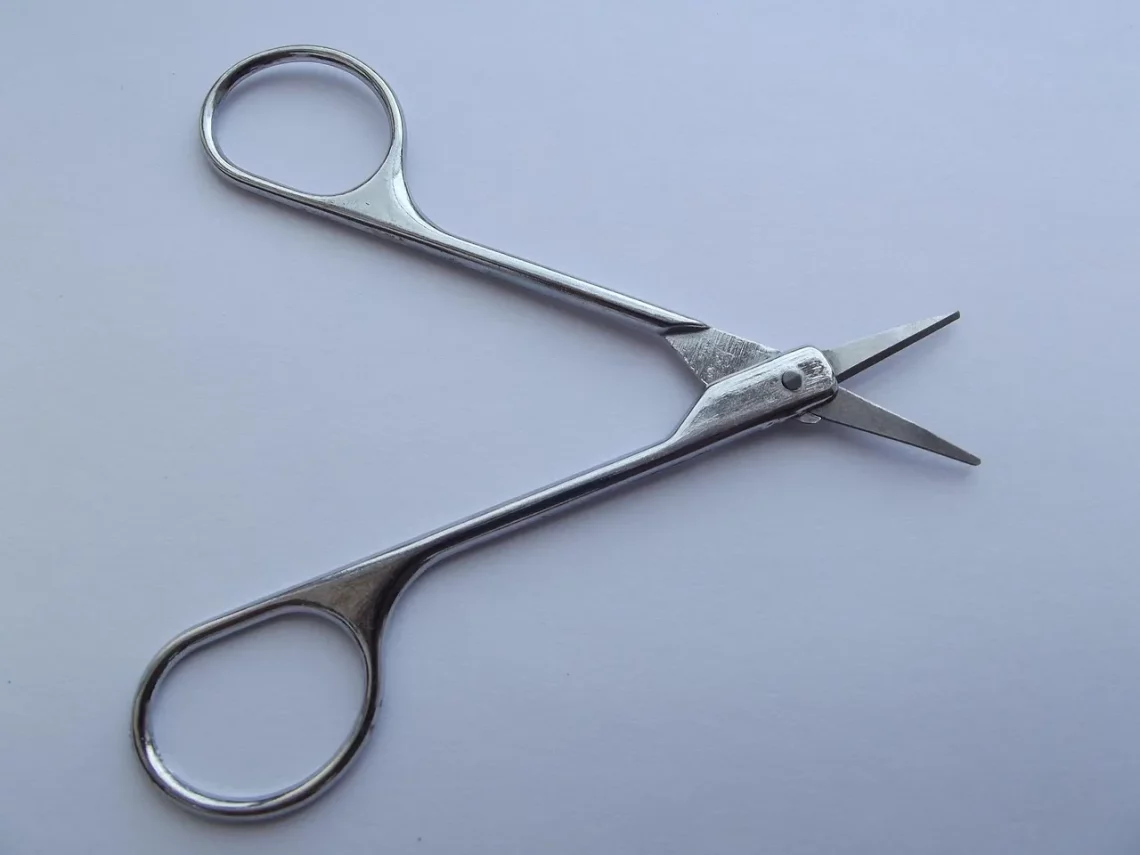
The Essential Guide to Choosing the Best Trimming Scissors
Choosing the right trimming scissors can significantly impact your grooming routine, whether for personal use or professional purposes. With a plethora of options available in the market, it becomes imperative to understand what features and specifications best suit your needs. Trimming scissors are not merely tools; they are extensions of your craftsmanship, whether you are a hairstylist, a gardener, or someone who enjoys DIY projects. Selecting the right pair can enhance precision, comfort, and efficiency in your work.
The right scissors can make all the difference in achieving clean cuts, which is essential for maintaining healthy hair, plants, or crafting materials. As you embark on the journey of finding the perfect trimming scissors, various factors come into play, including blade material, handle design, and overall functionality. Each of these elements contributes to the scissors’ performance and your experience while using them. An informed choice can lead to a more enjoyable and productive experience, allowing you to focus on creativity and skill rather than battling with inadequate tools.
In this guide, we will delve into key considerations that will help you navigate through the wide array of trimming scissors available today. From understanding different blade types to recognizing the significance of ergonomics, this comprehensive approach will equip you with the knowledge necessary to make an informed decision.
Understanding Blade Materials and Their Benefits
When it comes to trimming scissors, the material of the blades plays a vital role in their performance and longevity. The most common materials include stainless steel, carbon steel, and ceramic, each offering unique advantages and disadvantages.
Stainless steel is perhaps the most popular choice for trimming scissors. Known for its resistance to rust and corrosion, stainless steel ensures that your scissors remain in good condition even with frequent use. This material is generally easy to maintain, requiring just a wipe down after use to keep it clean. The durability of stainless steel also means that the blades can retain their sharpness for an extended period, providing consistent performance over time.
On the other hand, carbon steel offers exceptional sharpness and edge retention. While it may not be as resistant to rust as stainless steel, many professionals prefer carbon steel for its ability to provide precise cuts. If you opt for carbon steel scissors, it’s essential to take extra care in cleaning and storing them to prevent corrosion. Regular oiling can help maintain the blades and prolong their lifespan.
Ceramic blades are another option that has gained popularity, particularly in the beauty and crafting industries. They are known for their sharpness and are less prone to dulling compared to metal blades. However, ceramic blades can be more fragile and may chip or break if not handled properly. For those who prioritize sharpness and smooth cutting, ceramic scissors could be an excellent investment.
Ultimately, the choice of blade material should align with your specific needs and the tasks you intend to perform. Evaluate the benefits of each type, consider your maintenance preferences, and choose accordingly.
Ergonomics and Comfort: The Importance of Handle Design
The design of the handles is equally essential as the blade material when it comes to trimming scissors. Ergonomic handles can significantly enhance comfort during use, especially for those who spend extended periods working with scissors. A well-designed handle can reduce strain on your hands and wrists, preventing fatigue and discomfort.
When selecting trimming scissors, consider the grip style. Some scissors feature a standard grip, while others come with offset handles designed to provide a more natural hand position. For individuals with larger hands, scissors with wider grips may be more comfortable, whereas smaller grips can be ideal for those with petite hands.
Additionally, the material used for the handles can also affect comfort levels. Rubberized grips can offer better traction and reduce slippage, especially during intricate tasks. If you are working in a professional setting, investing in high-quality ergonomic scissors can lead to improved efficiency and productivity, as you will be less likely to experience discomfort that can interrupt your workflow.
Another aspect to consider is the weight of the scissors. Heavier scissors can sometimes provide a more solid feel, but they can also lead to fatigue if used for extended periods. Conversely, lightweight scissors may be easier to maneuver but might lack the durability needed for tougher cutting tasks. Finding a balance that works for you is crucial, so it’s advisable to test different options before making a purchase.
Types of Trimming Scissors: What Suits Your Needs?
Trimming scissors come in various types, each designed for specific applications. Understanding the differences can help you make an informed choice that aligns with your needs.
Hair cutting scissors are specifically designed for precision cuts in hair styling. They often feature thinner blades that allow for a clean cut without damaging the hair. Many hairdressers also use thinning shears, which have teeth on one blade to remove bulk and blend layers without creating a blunt edge.
For gardening and plant care, pruning shears are essential tools. These scissors are typically sturdier, designed to cut through stems and branches with ease. Look for features like a locking mechanism for safety, as well as a comfortable grip for extended use in the garden.
In the crafting world, fabric scissors are tailored for cutting fabric with precision. These scissors often have longer blades to facilitate smooth cuts across larger pieces of material. When selecting fabric scissors, consider those with a sharp blade that can cut through multiple layers without fraying the edges.
Finally, specialized scissors such as embroidery scissors or nail scissors cater to specific tasks. Embroidery scissors usually have pointed tips for intricate work, while nail scissors are designed to provide a precise cut for nail care. Choosing the right type of trimming scissors based on your specific tasks is crucial for achieving the best results.
Maintenance Tips for Longevity and Performance
To ensure that your trimming scissors remain in optimal condition, regular maintenance is essential. Proper care not only prolongs the lifespan of your scissors but also enhances their performance.
First and foremost, always clean your scissors after each use. This prevents residue buildup that can affect cutting performance. Use a soft cloth to wipe down the blades and remove any hair, sap, or fabric fibers. For deeper cleaning, you can use mild soapy water and a soft brush, ensuring to dry them thoroughly afterward to prevent rusting.
Sharpening is another critical aspect of maintenance. Dull blades can lead to uneven cuts and require more force to use, which can strain your hands. Invest in a quality sharpening tool or take your scissors to a professional for sharpening. Regularly assess the sharpness of your scissors, and don’t hesitate to sharpen them when you notice a decline in performance.
Finally, proper storage is crucial. Store your scissors in a protective sheath or case to prevent damage to the blades. Avoid placing them in a drawer with other tools, as this can lead to nicks and scratches.
By following these maintenance tips, you can ensure that your trimming scissors remain effective and reliable tools for all your cutting needs.
In conclusion, selecting the best trimming scissors involves considering various factors, including blade materials, ergonomic design, and the specific types suited for your tasks. By understanding these elements, you can make an informed decision that aligns with your needs and enhances your cutting experience. Remember, investing in quality scissors ultimately leads to better results, whether you are styling hair, gardening, or engaging in crafting projects.
**Note:** This article is for informational purposes only and does not constitute medical advice. Always consult a healthcare professional for medical concerns.




